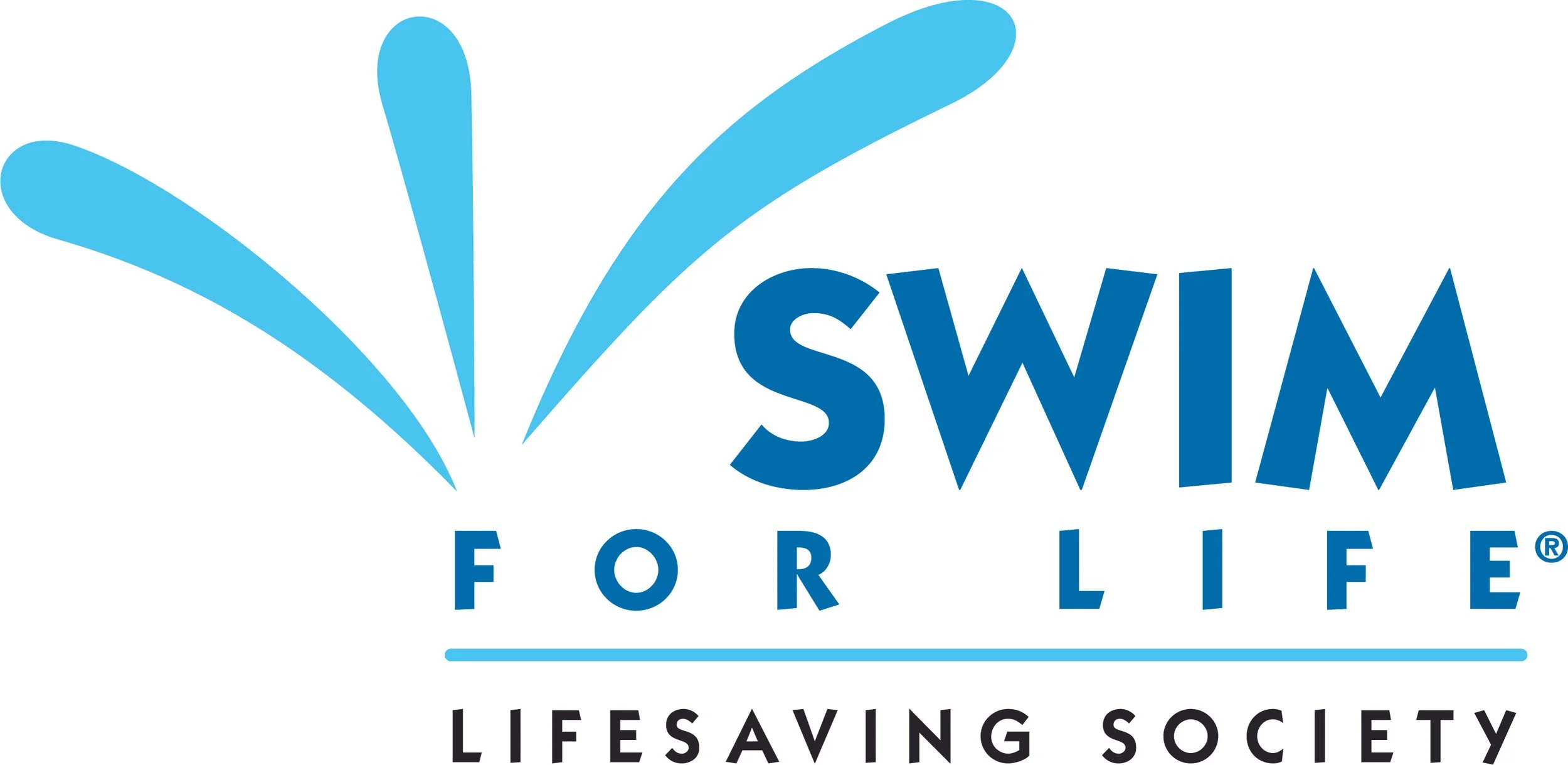Preschool (5 levels) for children 3–5 years
The Preschool program develops an appreciation and healthy respect for the water. In our basic aquatic progressions, we work to ensure 3 to 5-year-olds become comfortable in the water and have fun acquiring and developing a foundation of water skills.
Preschool 1: We encourage the parent to participate until their child lets them know they can do it themselves (thank you very much). These preschoolers will have fun learning to get in and out of the water. We'll help them jump into chest deep water. They'll float and glide on their front and back and learn to get their faces wet and blow bubbles underwater.
Preschool 2: These preschoolers learn to jump into chest-deep water by themselves, and get in and get out wearing a lifejacket. They'll submerge and exhale underwater. They'll also glide on their front and back wearing a lifejacket.
Preschool 3: These youngsters will try both jumping and a sideways entry into deep water while wearing a lifejacket. They'll recover objects from the bottom in waist-deep water. They'll work on kicking and gliding through the water on their front and back.
Preschool 4: Advanced preschoolers will learn to do solo jumps into deeper water and get out by themselves. They'll do sideways entries and open their eyes underwater. They'll master a short swim on their front wearing a lifejacket and gliding and kicking on their side.
Preschool 5: These youngsters get more adventuresome with a forward roll entry wearing a lifejacket and treading water for 10 sec. They'll work on front and back crawl swims for 5 m, interval training, and get a giggle out of whip kick.
Swimmer (6 levels) for children 5 years and older
This six-level Swimmer program makes sure children learn how to swim before they get in too deep. Swimmer progressions accommodate children 5 years and older including absolute beginners as well as swimmers who want to build on the basics. We stress lots of in-water practice to develop solid swimming strokes and skills.
Swimmer 1: These beginners will become comfortable jumping into water with and without a lifejacket. They'll learn to open their eyes, exhale and hold their breath underwater. They'll work on floats, glides, and kicking through the water on their front and back.
Swimmer 2: These advanced beginners will jump into deeper water, and learn to be comfortable falling sideways into the water wearing a lifejacket. They'll be able to support themselves at the surface without an aid, learn whip kick, swim 10 m on their front and back, and be introduced to flutter kick interval training.
Swimmer 3: These junior swimmers will dive and do in-water front somersaults and handstands. They'll work on 15 m of front crawl, back crawl, 10 m of whip kick, and increased flutter kick interval training.
Swimmer 4: These intermediate swimmers will swim 5 m underwater and lengths of front, back crawl, whip kick, and breaststroke arms with breathing. Their new bag of tricks includes the completion of the Canadian Swim to Survive® Standard. They'll cap it all off with front crawl sprints over 25 m and 4 x 25 m front or back crawl interval training.
Swimmer 5: These swimmers will master shallow dives, cannonball entries, eggbeater kicks, and in-water backward somersaults. They'll refine their front and back crawl over 50 m swims of each, and breaststroke over 25 m. Then they'll pick up the pace in 25 m sprints and two interval training bouts: 4 x 50 m front or back crawl and 4 x 15 m breaststroke.
Swimmer 6: These advanced swimmers will rise to the challenge of sophisticated aquatic skills including stride entries, compact jumps and lifesaving kicks like eggbeater and scissor kick. They'll develop strength and power in head-up breaststroke sprints over 25 m. They'll easily swim lengths of front crawl, back crawl, and breaststroke, and they'll complain about the 300 m workout.


